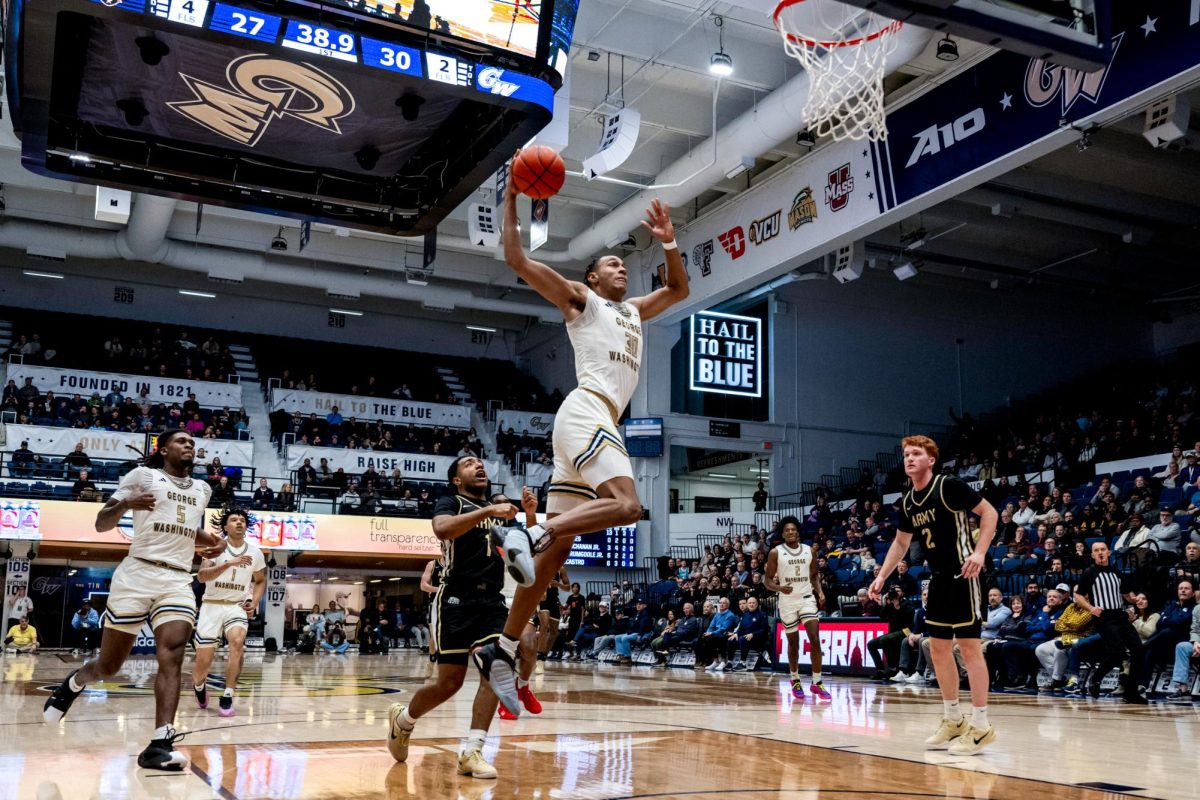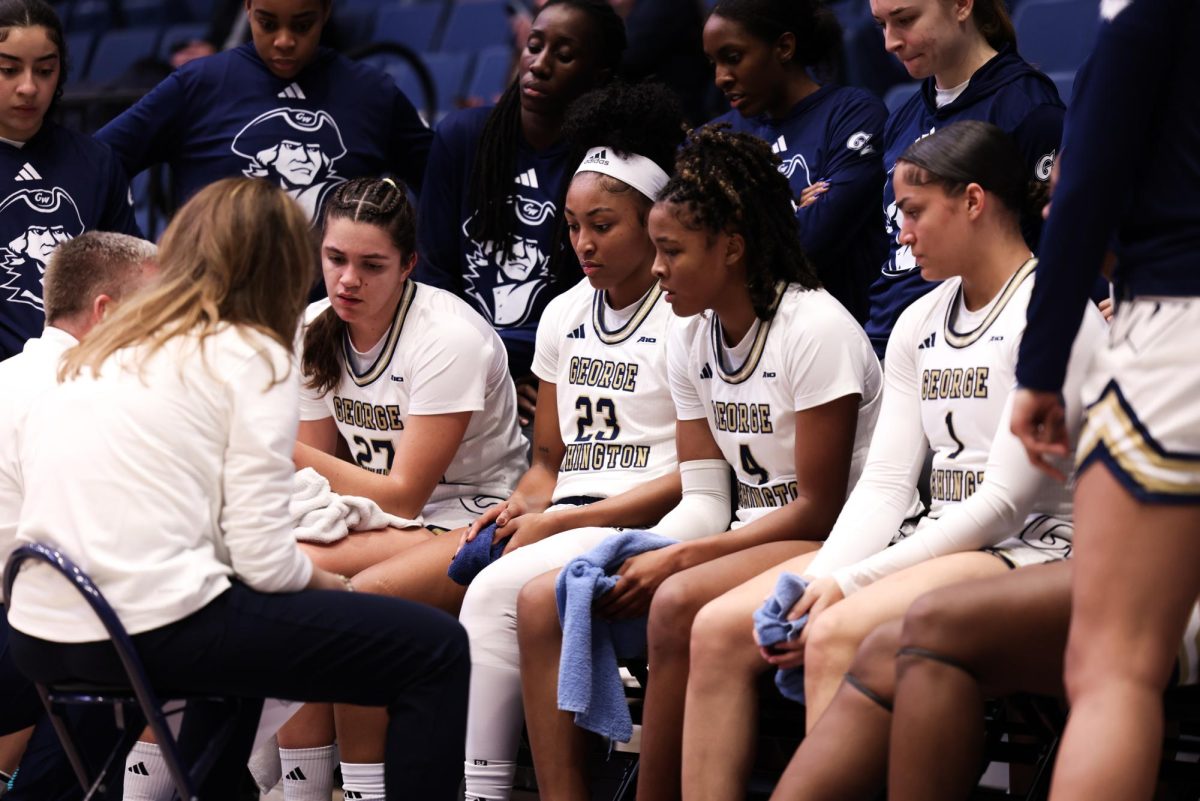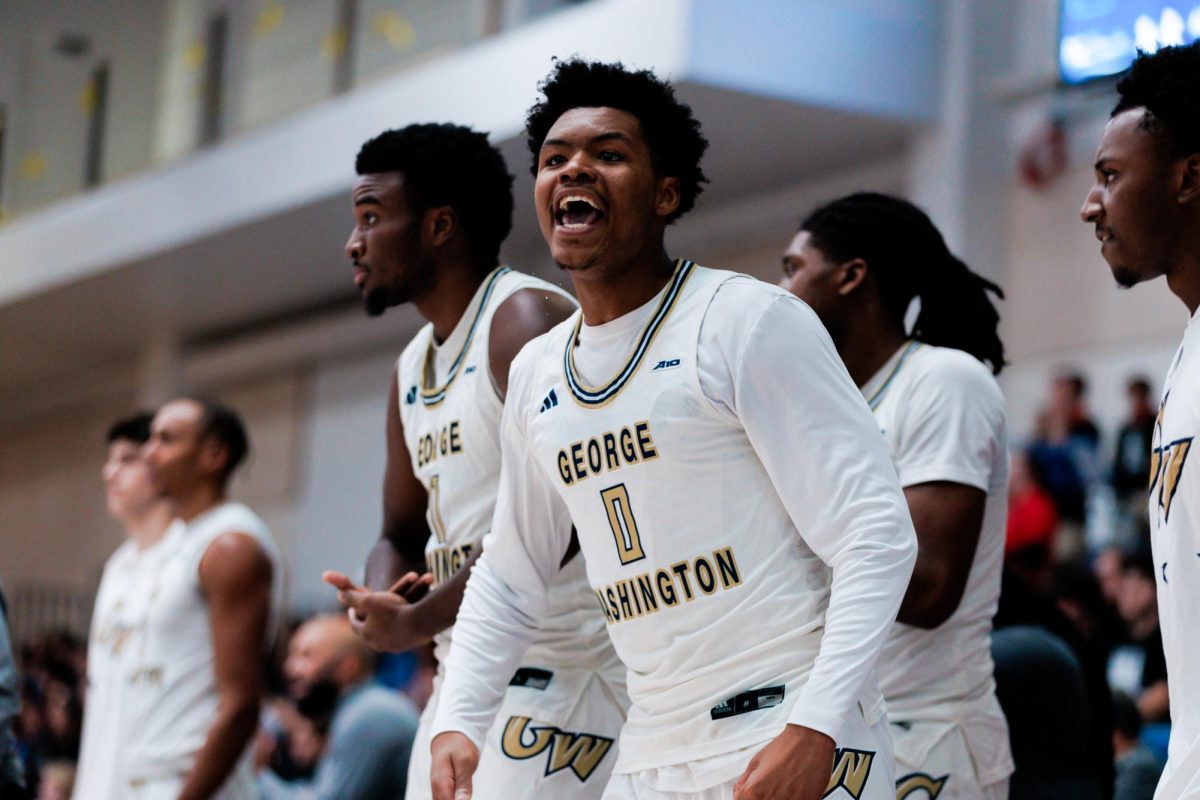Karl Hobbs never saw it first hand, but he knew it existed. He heard about it, so he stayed away.
African Americans just didn’t go to Fenway Park in the 1970s. The city’s sparkling green jewel represented a racist organization, a place where a white crowd often taunted, threatened and even physically accosted those with black skin.
“When you look at Boston sports, until just recently, blacks were never really welcome at Fenway Park,” said the GW men’s basketball coach, who grew up in Roxbury, just a few miles from Fenway. “It’s a well-known fact. Even when you watch Red Sox games now, you don’t see a lot of blacks at the ballpark.”
Not only were blacks scarce in the grandstands and bleachers, they were scarce on the diamond. The Red Sox did not field a black player until 1959, when Elijah “Pumpsie” Green debuted. They were the last team in baseball to integrate.
Nearly 60 years to the day since Jackie Robinson shattered the sport’s color barrier, part of me is ashamed to be a Red Sox fan. Howard Bryant’s exceptionally detailed book “Shutout: A story of race and baseball in Boston,” chronicles the history of a team and a city with deep-rooted racial problems that a white, suburban kid like me never contemplated growing up. The list of injustices makes me gag.
On a dreary April morning in 1945, reporters say Jackie Robinson impressed the Red Sox brass during a tryout at Fenway Park. At the showcase, which included fellow black players Sam Jethroe and Marvin Williams, a still unidentified voice screamed, “Get those n—— off the field!” Robinson left Boston unsigned.
Four years later, Sox scouts eyed prospect Willie Mays but never signed him. He went on to hit nearly 700 home runs as a Giant.
To think, “No. 42” could have broken barriers as a Red Sock. To think, the “Say hey kid” could’ve played in the same outfield as Ted Williams. To think, it took a century to start calling the Red Sox a bunch of idiots.
The list goes on.
In the mid-80s, black infielder Tommy Harper pointed out the practice of an Elks Club passing out meal passes to the white players at Spring Training, but giving none to the black players. The Red Sox did nothing about it, he told his story to reporters, and the Sox eventually fired him.
“I can believe it,” Hobbs said when I told him Harper’s case. Remember, the fourth-year coach grew up in Boston, which is not the suburban Boston I, or most GW students refer to. As an adolescent in the ’70s, he witnessed the bussing crisis in South Boston, when residents rioted after the city decided to integrate schools.
“You still have those visions of people in South Boston throwing rocks at the busses,” Hobbs said. “I mean, kids going to school … All those visions come to mind when you start asking me questions about that.”
Decades later, the climate has changed. But this week, the 58th anniversary of Jackie Robinson’s major league debut, every single native Bostonian should recall the city and its team’s past problems. This is not a call to stop rooting for the Red Sox, it’s a call for remembrance, remembrance for all the players and fans the team alienated over the years. Remembrance for Jackie Robinson, a man who “transcends sports,” as Hobbs said.
Robinson’s work, both during and after baseball, has helped alter the sports world forever. Today, the changes are obvious. Now, for the most part, success in sports is about ability, not race. If you can play, fans will like you. If you can’t play, fans will boo.
Just look at last year’s championship Red Sox team. Whites, blacks, Latinos and my family’s favorite – a Jewish general manager – helped break the organization’s real curse: racism.






